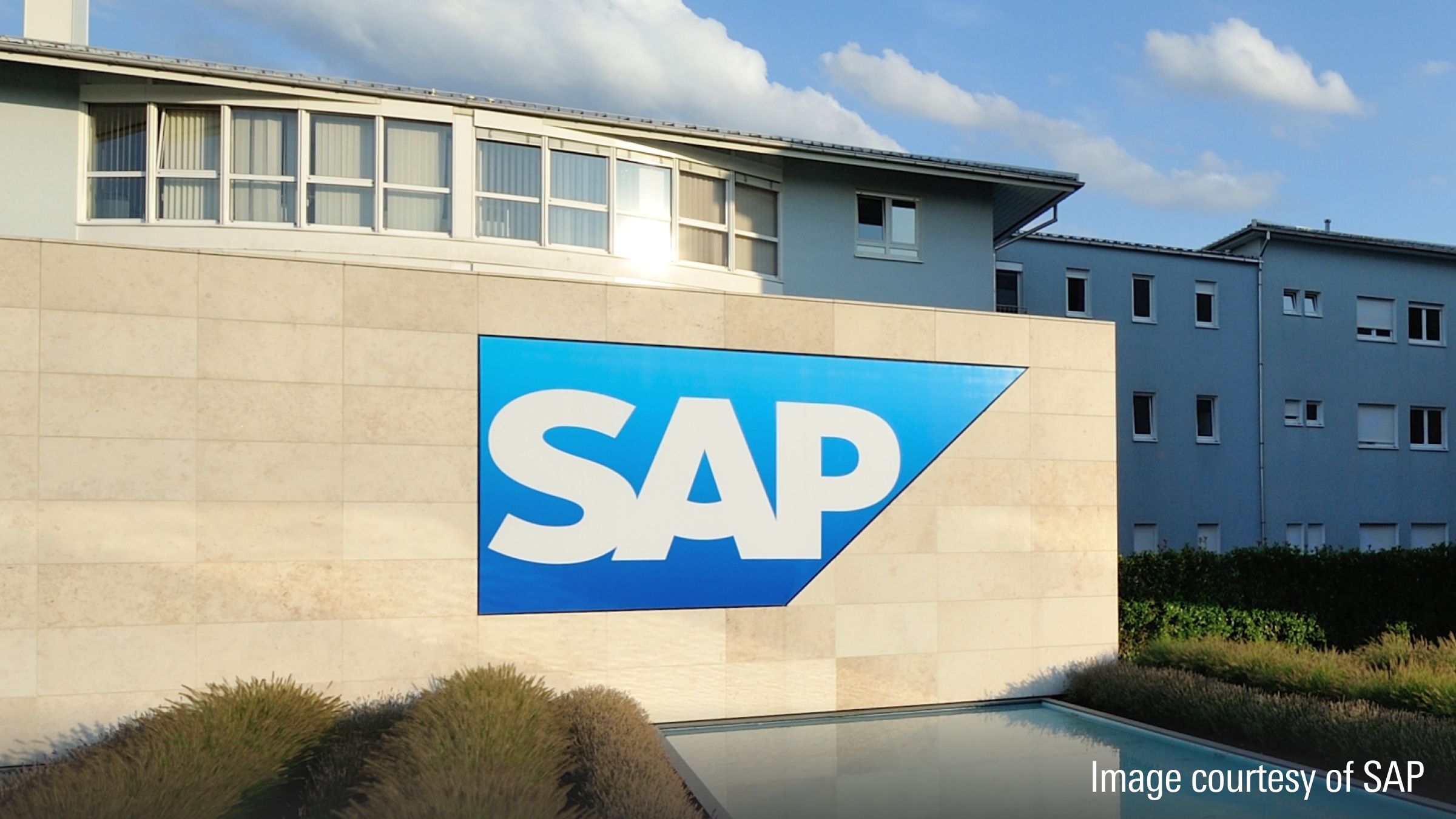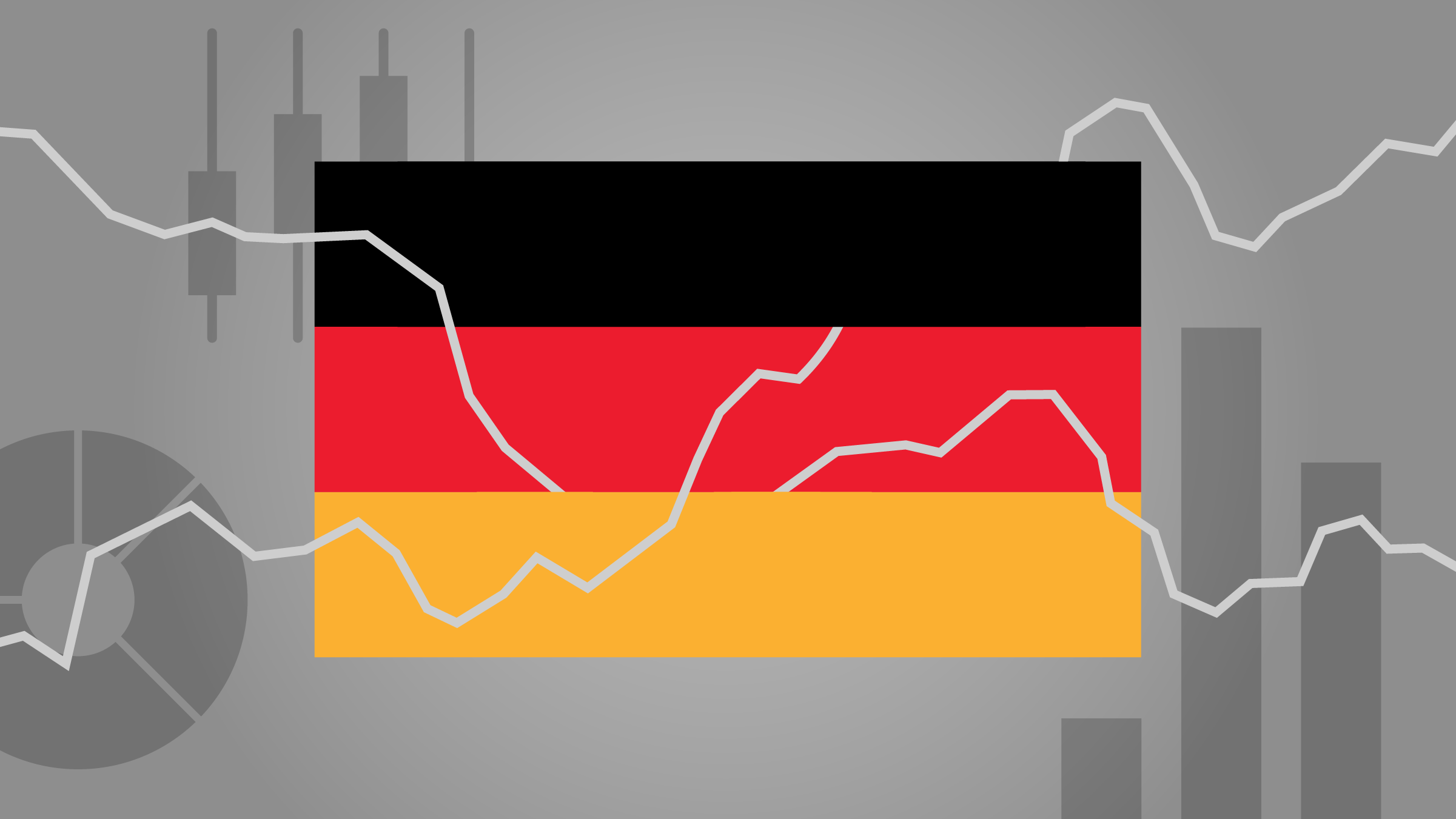Rolle im Portfolio
The iShares FSTE Macquarie Global Infrastructure 100 ETF provides equity exposure to the 100 largest stocks from developed and advanced emerging countries contained within the broader Macquarie Global Infrastructure index. While the index identifies itself as benchmarking the broad infrastructure sector, global utility providers make up close to 86% of the index, with oil & gas pipelines (11%), and industrial transportation (3%) rounding out the remainder. Utilities offer a direct investment into a regional economy’s growth, as it is literally impossible to export these essential services. Under the utility umbrella, the index contains both regulated utility providers and merchant power generators. Regulated utilities have historically provided stable dividends and returns. Merchant power generators, on the other hand, tend to have a wider variance of returns due to commodity price fluctuations. At the time of this writing, the fund has shown a moderate level of correlation to the MSCI World (87%) and the STOXX Europe 600 (90%) over the past three years. With these correlation levels, the ETF offers some diversification benefits and can possibly increase a portfolio's risk-adjusted returns.
Investors are often attracted to the utilities sector because it has historically produced strong, stable cash flows and dividends. As of this writing this ETF has a current dividend yield equal to 3.74% which is roughly 1.7 percentage points higher than the current dividend yield for the MSCI World index. Given its narrow sector focus, this ETF is best utilised as a tactical tool within a diversified portfolio.
Fundamentale Analyse
An investment in this ETF signifies belief that global electrical infrastructure requires substantial investment, natural gas prices will appreciate, utility providers will continue to be able to tap capital markets, and electrical power demand will rise. Investors can reasonably expect lower cyclicality for this ETF compared to the broad market due to the indispensable nature of utilities’ services.
In the aftermath of the financial crisis, this index has significantly lagged international equity indices despite benefiting from actions taken by governments across the globe aimed at bolstering the economy through infrastructure-related spending. Over the past three years, this index has returned 6.2% annualised compared to 17.1% for the MSCI World and 10.0% for the STOXX Europe 600. The sector's underperformance relative to international and European equity benchmarks in recent years can primarily be attributed to the sector's lower covariance with the market, the precipitous decline in global natural gas prices, and a sharp downturn in industrial power demand.
Natural gas prices are a key fundamental driver for the firms in this index. Natural gas prices are especially influential for the unregulated subsection of the utility industry. During peak electrical usage, natural gas plants maintain grid stability and tend to set electricity prices for the remainder of market participants, including coal and nuclear plants. Rising natural gas prices tend to benefit existing lower cost coal, hydro, and nuclear plants, whose margins tend to rise dramatically in periods of rising natural gas prices given their relatively lower variable costs.
In addition to energy prices, utility providers are heavily influenced by capital costs. Since utility projects are capital-intensive, the utility industry is extremely sensitive to any changes in interest rates and any limitations on access to credit and equity markets. Due to increasingly stringent global monetary policy, borrowing costs seem poised to rise. As financing becomes less expensive, capital-intensive projects will be postponed. In conjunction, without an increase in electrical demand, utility providers will be hard pressed to grow earnings--especially in light of falling natural gas prices.
The International Energy Agency predicts that global electricity demand will double over the next 25 years. Europe figures to remain one of the world's largest consumers of natural gas, coal, and other energy sources. According to Eurostat, total energy consumption across Europe declined in 2009, but natural gas consumption rose by 6.8% in 2010 due to surges in industrial and residential demand. Going forward, industry experts expect both of these trends to continue to keep in line with the EU's commitment to improving energy efficiency by 20% and investing in more renewable, cleaner energy sources by 2020.
To remain competitive long-term, however, utility providers will need to invest substantially in improvements to their existing infrastructure as it begins to age, wear down, and become capacity-constrained. Additionally, firms will need to make significant strides in "green" energy production facilities in light of the global effort to reduce carbon emissions.
Indexkonstruktion
The FTSE Macquarie Global Infrastructure 100 index is a free-float market capitalisation weighted index offering exposure to the 100 largest companies from the broader FTSE Macquarie Global Infrastructure index. Index constituents are chosen from developed and advanced emerging markets and fall into four specific industry categories as defined by the Industry Classification Benchmark (ICB): Utilities, Oil & Gas pipelines, Industrial transportation and Telecommunications equipment. These firms must be engaged in management, ownership, or the operation of infrastructure and utility assets to be eligible for inclusion. Moreover, the constituents must pass a liquidity screen; turning over at least 0.035% of their shares on their median daily trade per month in ten of the previous twelve months. At the time of this writing, the top 10 holdings comprise approximately 30% of the index’s value with the largest component having a 3.7% weighting. This indicates that the index is rather broadly diversified across its entire roster of constituents. Geographically speaking, at the time of this writing, the index has a heavy US tilt (48% of the index’s value), followed by the UK (10%) and Canada (8%). The index is reviewed semi-annually in June and December.
Fondskonstruktion
The iShares FTSE Macquarie Global Infrastructure 100 ETF uses physical replication to track its reference index. The fund intends to invest in all the constituents of the FTSE Macquarie Global Infrastructure 100 Index and thereby provides exposure to the 100 largest infrastructure companies from developed and advanced emerging countries. iShares may engage in securities lending to generate additional revenues. The lending revenue generated can partially offset the TER as it is split 60/40 between the fund and BlackRock, whereby BlackRock covers the costs involved. To protect the fund from counterparty risk as a result of this practice, iShares takes collateral greater than the loan value. Collateral margins vary from 102.5% to 112%, depending on the assets provided by the borrower as collateral. Cash received as dividends from the underlying stocks is held in the income account of the fund until it is distributed to fund holders on a quarterly basis. This dividend treatment can potentially create a drag on returns in upward trending markets because dividends are not reinvested into the fund. In practice this cuts both ways. It could also result in outperformance if the benchmark falls. The fund may hold up to 20% of its NAV in securities from a single issuer in order to achieve his objectives. Under exceptional market conditions, the fund manager may invest up to 35% of the fund’s net assets in securities from a single issuer. Moreover, the fund may invest in convertibles, gilts, liquidity instruments, other transferable securities and open-ended collective investments to track the reference index. When direct investment into a component stock is not visible, the fund may, in very limited circumstances, invest in depository receipts to gain exposure to the reference index. In addition, the fund may also invest in FDIs for direct investment purpose to achieve its objectives. Besides open-ended collective investments, all investments of the fund are usually listed or traded on regulated markets.
Gebühren
iShares FTSE/Macquarie Global Infrastructure 100 levies a total expense ratio (TER) of 0.65%, which approximates the norm for ETFs tracking global infrastructure indices.
Alternativen
In selecting a product to gain global infrastructure exposure, an investor will want to primarily consider index construction and replication methods. At this time, the most liquid alternative in terms of average daily volume to the iShares FTSE/Macquarie Global Infrastructure 100 is the db x-trackers S&P Global Infrastructure ETF. The db x-trackers product offers more diversified sector and geographic exposure to the global infrastructure industry. This is primarily achieved through the reference index's modified cap weighted weighting scheme that reduces single stock concentration and balances exposure. With the S&P Global Infrastructure index, utilities is still the largest sector component at 40%, followed by industrials (39%) and energy (21%). Furthermore, the S&P index has less of a US bias (28% of the index’s total value), followed by Canada (11%) and Australia (8%). The db x-trackers ETF synthetically replicates its reference index and charges a TER of 0.60%.
Another alternative to consider would be a strictly utility-focused ETF since nearly 90% of the FTSE/Macquarie Global Infrastructure 100 index is comprised of utility firms. The Lyxor MSCI World Utilities ETF tracks MSCI's global utility market capitalisation weighted index. Geographic weights are similar to the FTSE/Macquarie Infrastructure 100 as the US represents 48% of the index’s value, followed by the UK (11%) and Japan (9%). To deliver the index return, Lyxor uses synthetic replication and charges a TER equal to 0.40%.
Die in diesem Artikel enthaltenen Informationen dienen ausschließlich zu Bildungs- und Informationszwecken. Sie sind weder als Aufforderung noch als Anreiz zum Kauf oder Verkauf eines Wertpapiers oder Finanzinstruments zu verstehen. Die in diesem Artikel enthaltenen Informationen sollten nicht als alleinige Quelle für Anlageentscheidungen verwendet werden.

















